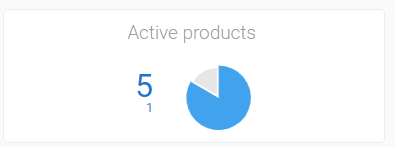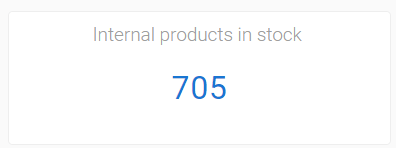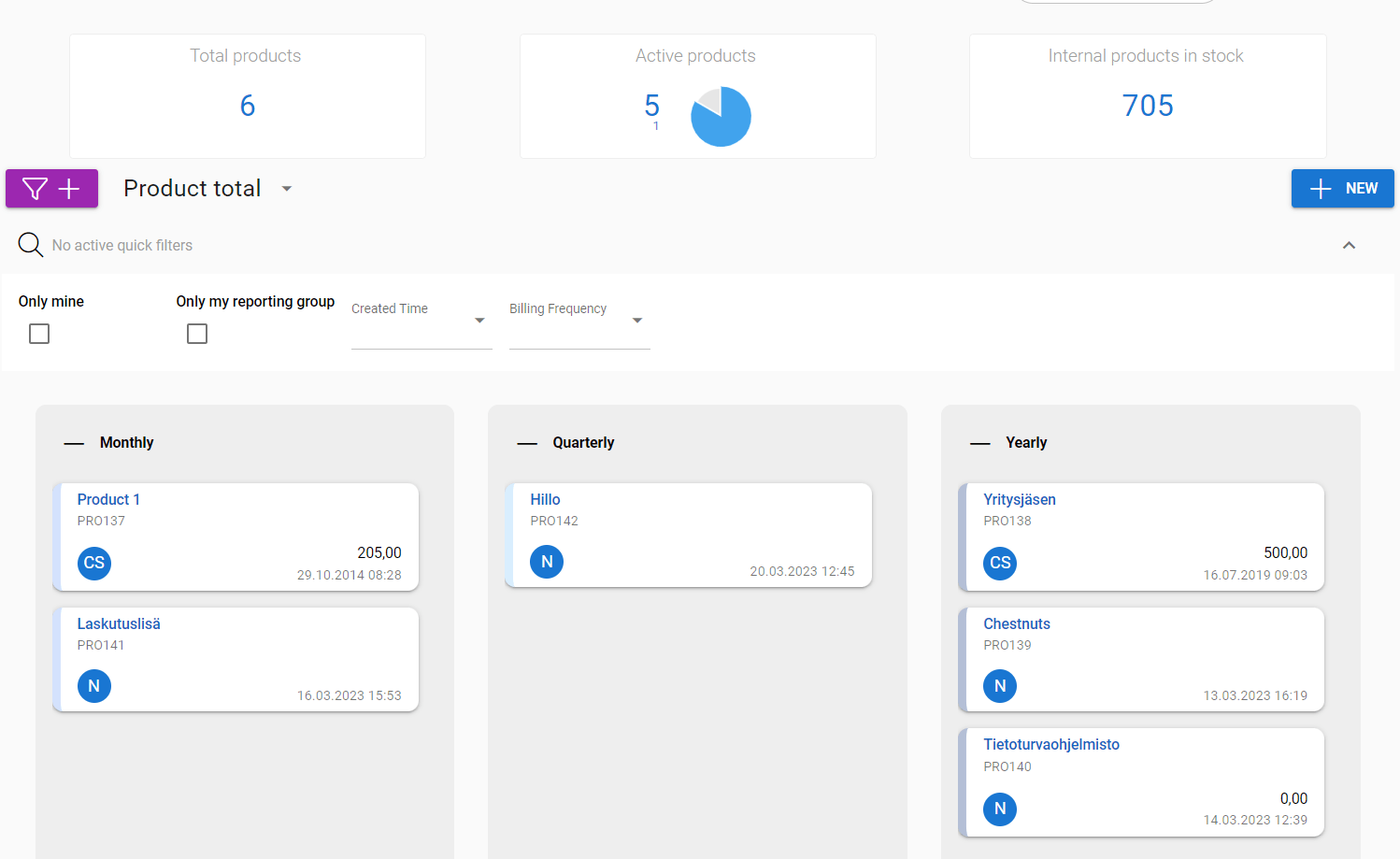General
KPI is part of the filter settings and the information it provides will be visible at the top of the filter.
KPI can be used to display more accurate data in different styles. A maximum of three KPI points can be created and they will appear at the top of the page. Using KPIs, it is possible to monitor how effectively the organization achieves the business goals it has set.
The following can be done with KPI:
- Compare values with each other
- Display values in a pie chart
- Sum based on the selected value
- To show the average of the value
- To show the total sum of the value
This guide goes through each feature and gives one example of them. Once you have saved the KPI, its location can no longer be moved. If you want to change the location of the KPI, it must be deleted and done again.
Start
The name of the KPI should be something that shows what data the KPI describes. By clicking the Create more advanced KPI, a gray field opens and you can drag wanted values there. The list on the right lists the values that can be used to create a KPI.
In the following examples, we go through different ways of using KPI in the module, which in this example is Products.
When you want to show how many products there are in total, you can create a simple KPI, i.e. just fill in the name field. This kind of KPI counts the products in the Products module to get the total amount. Remember to Save at the end!

View in Products module:

Example for Pie chart/Compare to the summary of other values
Next in this example, we want to use a pie chart to show how many products the organization has active, i.e. the Product active value is used as the basis of the KPI. This can be done using the following steps:
- Drag the Product active value from the list on the right to the gray field.
- Click on the Show as a graph box.
- In the same formula, the Compare to the summary of other values selection can also be made.
- In this example case, the number of products that are not active will appear under the number of Active products.

View in the Products module in a situation where the organization has five active products and one inactive product:

Example for Sum according to the selected field
The KPI that shows the amount of the internal number of products in stock is obtained with the following settings:
- Drag the Internal product from the list on the right to the gray field.
- Check the box in the Sum according to the selected field.
- Select the field to sum, which in this example case is the Qty In Stock.

View in Products module:

The end result in the Kanban view
